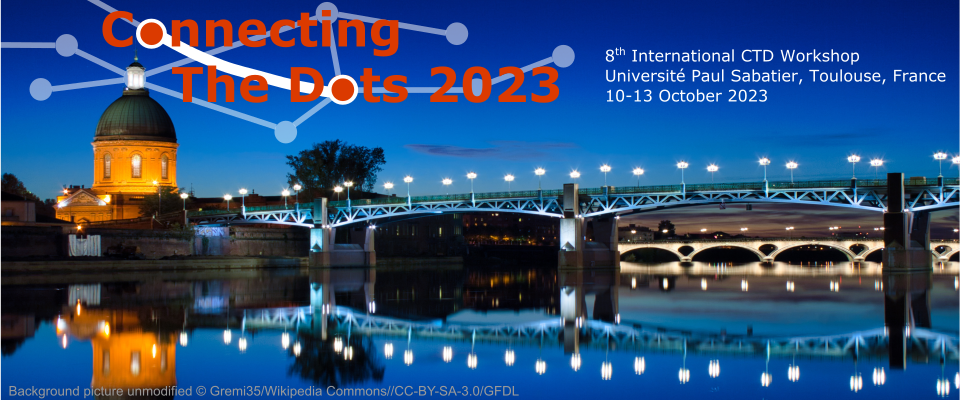Speaker
Description
Detailed knowledge of the radiation environment in space is an indispensable prerequisite of any space mission in low Earth orbit or beyond. The RadMap Telescope is a compact multi-purpose radiation detector that provides near real-time monitoring of the radiation aboard crewed and uncrewed spacecrafts. A first prototype is currently deployed on the International Space Station for an in-orbit demonstration of the instrument’s capabilities.
RadMap’s main sensor consists of a stack of scintillating-plastic fibres coupled to silicon photomultipliers. The perpendicular alignment of fibres in the stack allows the three-dimensional tracking of charged particles as well as the identification of cosmic ray ions by reconstruction of their energy-loss profiles. We implemented artificial neural networks trained on simulated detector data in the instrument’s flight computer to reconstruct the tracks from raw detector data in real time and determine the particles’ types and energies without requiring the transmission of raw data to Earth for offline reconstruction.
In this contribution, we will describe our neural-network-based reconstruction methods and the results achieved for the different reconstruction tasks. We show the performance of different network architectures constituted of fully-connected and convolutional layers and present early results using transformer networks that further improve the reconstruction performance of RadMap.
